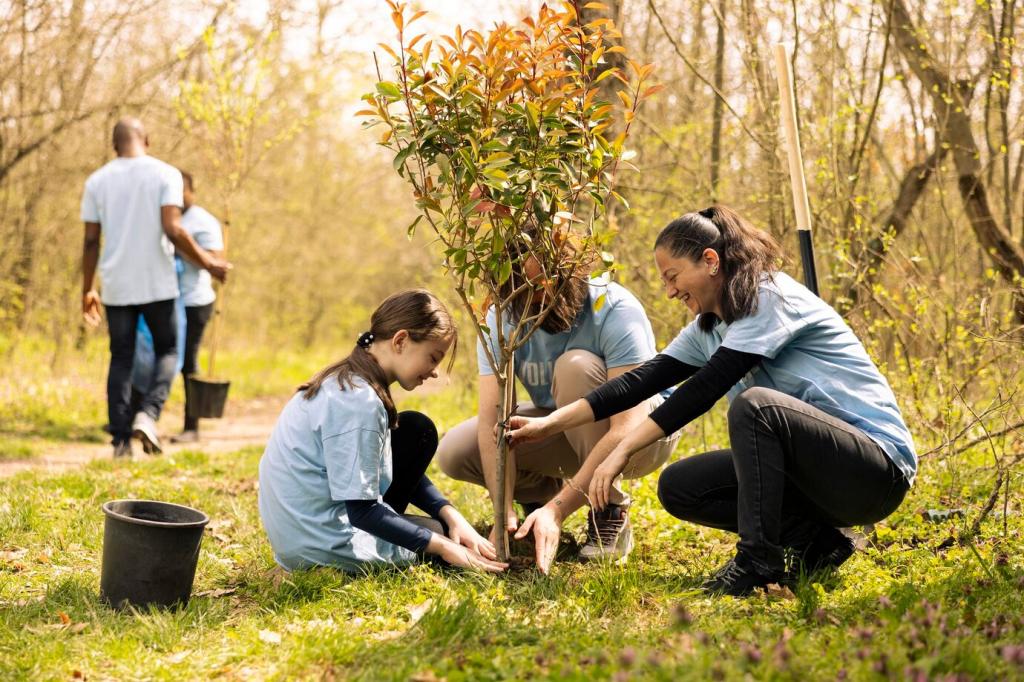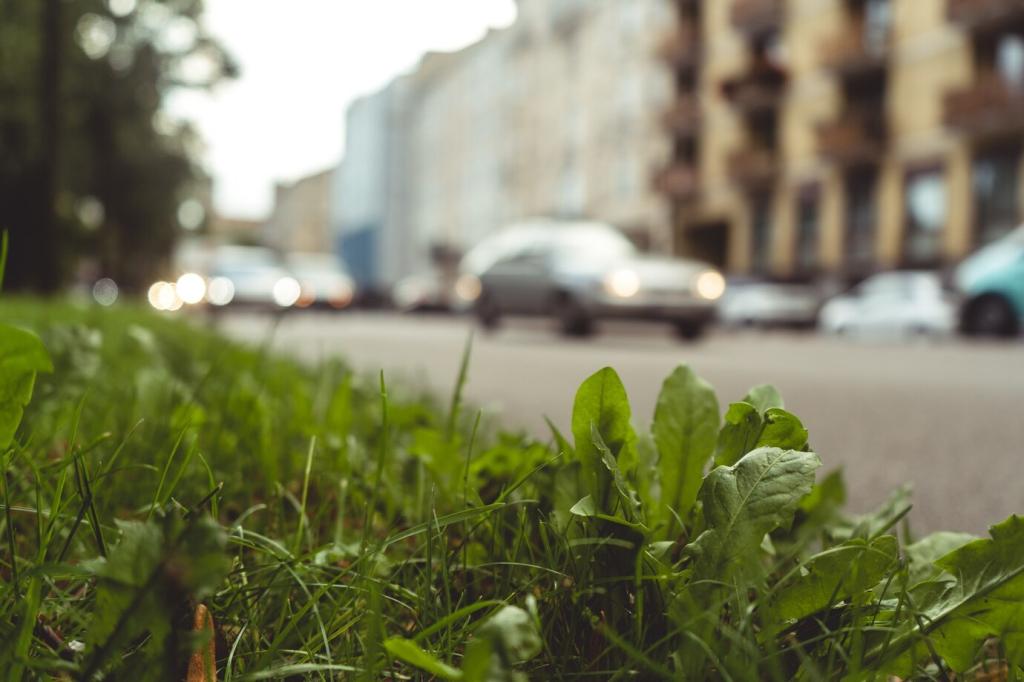
Tiny Forests, Big City Impact
Chosen theme: Implementing Microforestation Projects in Cities. Discover how pocket-sized, native-rich microforests can cool streets, spark community pride, and transform overlooked corners into living classrooms. Join us, share your ideas, and subscribe to follow every step from site scouting to thriving canopy.
Why Microforestation Matters in Dense Neighborhoods
Cooling streets and calming storms
Clusters of native trees reduce urban heat by shading asphalt and releasing moisture through leaves. Deeper roots stitch soil, slowing runoff and easing storm drains during downpours. Share your heatwave story and tell us where a tiny forest could make summer bearable.
Biodiversity boosts in pocket habitats
Even a tennis-court sized microforest becomes a bustling refuge for pollinators, birds, and soil life. Nectar-rich shrubs, leaf litter, and layered canopies create microclimates. Which native species would you champion for your city, and why? Add your picks below.
Human stories behind tiny forests
On Maple Street, a neglected verge became a microforest where a retiree now meets schoolchildren for weekly bug counts. Their laughter turned neighbors into volunteer stewards. Subscribe to get their seasonal notes and borrow ideas for your block.

Selecting Sites and Soil for Microforests
Reading the urban landscape
Scan for sun exposure, wind corridors, and pedestrian patterns. Mark underground utilities, curb setbacks, and sightlines for safety. Microforests thrive in odd corners, medians, or school perimeters. Where do you see underused space asking for roots and shade?
Soil tests that save time later
Quick checks for compaction, pH, and contaminants guide your plan. A simple infiltration test and a lab screen for heavy metals prevent headaches. If soils are compromised, consider raised mounds and clean imported mixes. Comment if you want our starter testing checklist.
Designing for edges and access
Plan simple paths, mulch rings, and a welcoming edge with low shrubs to invite curiosity while protecting young trees. Clear sightlines improve safety and neighbor comfort. Would a small bench or interpretive sign help your community connect? Share your thoughts.
Community Engagement and Volunteer Power
Host doorstep conversations, sketch ideas together, and listen for concerns about sightlines or allergies. Co-design creates trust and pride. People protect what they helped build. Post a comment with one neighbor you would invite to your first planning walk.
A sixth-grade class once mapped sunlight with cardboard quadrats, then planted shrubs they named themselves. Months later, they returned with watering cans and parents. Want templates for kid-friendly roles and chants that keep energy high? Subscribe and we will send them.
Adopt-a-tree tags, watering schedules, and seasonal work parties keep momentum. Celebrate small wins with photo boards at the site. Which local groups could co-steward a microforest near you for the first two summers? Add your partnerships in the comments.


Funding, Permits, and Policy Pathways
Blend small city grants, local business sponsorships, and neighbor micro-donations for resilient funding. Transparent budgets build trust. Would your community chip in for a hose bib or signage? Share fundraising ideas that felt doable and motivating.

Maintenance, Monitoring, and Measurable Impact
Use deep, infrequent watering to encourage strong roots. Swales, tree wells, and simple ollas capture scarce rain. Volunteers can rotate duties using a shared calendar. What watering tricks work in your climate? Add them so others can adapt your approach.
